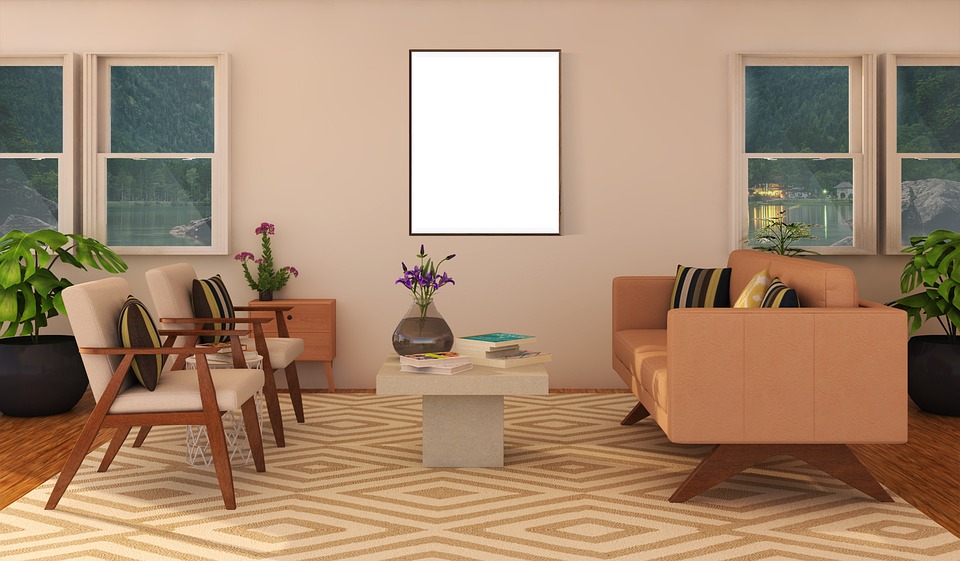
Our homes are our sanctuaries, the places where we can relax, unwind, and be ourselves. The design and decor of our homes play a significant role in creating a space that is welcoming, comfortable, and suited to our individual needs. It’s no secret that our surroundings can impact our mood and behavior, and this extends to the furniture that we choose for our homes.
The psychology of furniture is an intriguing concept that explores how our home decor can influence our emotions and well-being. The way we arrange and decorate our living spaces can have a profound impact on our emotions, productivity, and overall mental state. Understanding the psychology of furniture can help us create a home environment that promotes positivity, relaxation, and a sense of well-being.
Color is an essential element in the psychology of furniture. Different colors can evoke different emotions and moods. For example, warm tones like reds, oranges, and yellows can create a sense of warmth, energy, and vitality, while cooler tones like blues and greens can promote a feeling of calm and relaxation. When choosing furniture, consider the effects of color on your mood and choose pieces that reflect the mood you want to cultivate in your home.
In addition to color, the style and shape of furniture can also influence our emotions. For example, furniture with clean lines and minimalistic designs can create a sense of order and simplicity, while more traditional and ornate furniture can evoke a feeling of elegance and nostalgia. The size and scale of furniture can also impact our emotions, with larger pieces often creating a sense of coziness and comfort, while smaller pieces can create a feeling of spaciousness and openness.
The placement and arrangement of furniture also play a vital role in the psychology of home decor. A well-organized and thoughtfully arranged space can create a sense of harmony and balance, while a cluttered and disorganized space can lead to feelings of stress and anxiety. Understanding the spatial relationships between furniture pieces can help create a sense of flow and coherence in your home, promoting a positive and calming environment.
It’s essential to consider the function and purpose of each piece of furniture in your home and how it contributes to your overall well-being. For example, a comfortable and inviting sofa can encourage relaxation and socializing, while a functional and organized desk can promote productivity and focus. By choosing furniture that serves not only a practical function but also supports your emotional and mental well-being, you can create a home environment that nurtures and supports you.
In conclusion, the psychology of furniture is a fascinating concept that explores how our home decor can impact our emotions and well-being. By understanding the impact of color, style, shape, and arrangement on our mood, we can create a home environment that promotes positivity, relaxation, and a sense of well-being. Making conscious choices about our furniture and home decor can transform our living spaces into havens that nurture and support us.